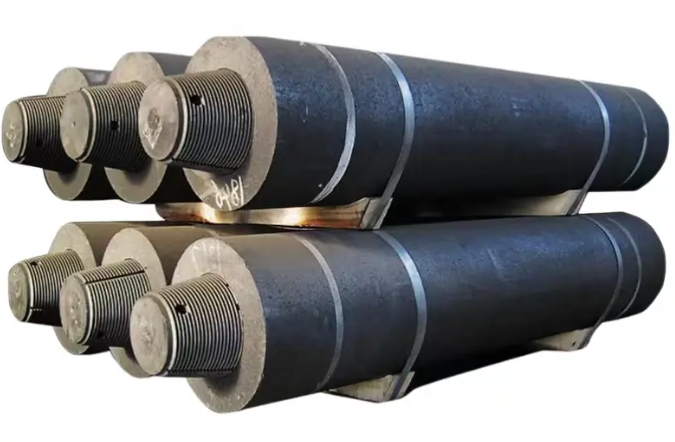
Graphite Electrode Recycling is the process that recovers and re-uses the essential graphite electrolytes of lithium-ion battery (LIB) at the end of its life. Anode components account for 10-20% LIB's mass. The increasing price of battery graphite along with environmental concerns has led researchers to pursue graphite-anode recycling.
Various techniques were developed to recycle or reuse the graphite found in the electrodes of LIBs that have been discarded. Recycling can be beneficial to the energy storage industry, as it lowers the cost of LIBs and contributes to the circular economy by avoiding the creation new carbon-based raw material. Few studies have focused specifically on anode recycle, despite it being important and having promising prospects for a future that is more green.
This article gives an overview of graphite recycling, and highlights some novel approaches to recovering and reusing used graphite for electrodes. It examines the current state of the art for various recovery and reuse methods, discusses their performance electrochemically, and presents a comparative study with traditional anode manufacturing. These results demonstrate the potential for these methodologies to improve LIB performance and viability.

The Graphite Recycling Market is growing fast due to the increase in demand for EV and energy storage systems. The global market is segmented on the basis of Source, Form, Application, and Region. North America accounted in 2018 for the largest share of Graphite Recycling Market, followed by Europe and Asia-Pacific.
A typical graphite anode contains a large amount of lithium, and recycling it can provide a valuable source of this metal as well as reduce the need to mine fresh graphite. Graphite recycling can also protect the environment from harmful effects such as toxic chemicals or fires caused by discarded batteries.
Anode material recycling is accomplished by separating the metallic components from the electrode materials using crushing and sieving processes. The resulting pieces are then separated by advanced techniques such as magnetic separation, eddy current separation and pneumatic separators. Once the graphite has been separated from the metallic components it can be further refined to be re-used. This includes removal of impurities such as solid electrolyte interphase (SEI) residues, polymer binders, and conductive materials. This process should be followed by a thermal treatment to restore the disorder lattice spacing and reopen the conducting channels.
The reformed graphite can be used in a variety of applications, including batteries, lubricants, and metal castings. This reutilization of graphite is more efficient and can eliminate the need for cyanide during processing. It can also reduce battery production energy and reduce sulfate. The reformed granules can be shaped to solid chunks or pressed down into powders for reuse. The granules can then be used to fabricate electrodes with similar electrochemical performance as the original anode material. The effect of pressing pressure on the electrodes' reactivity has been investigated by comparing the charge/discharge and CV characteristics of recycled and non-recycled graphite anodes.

Write a Message